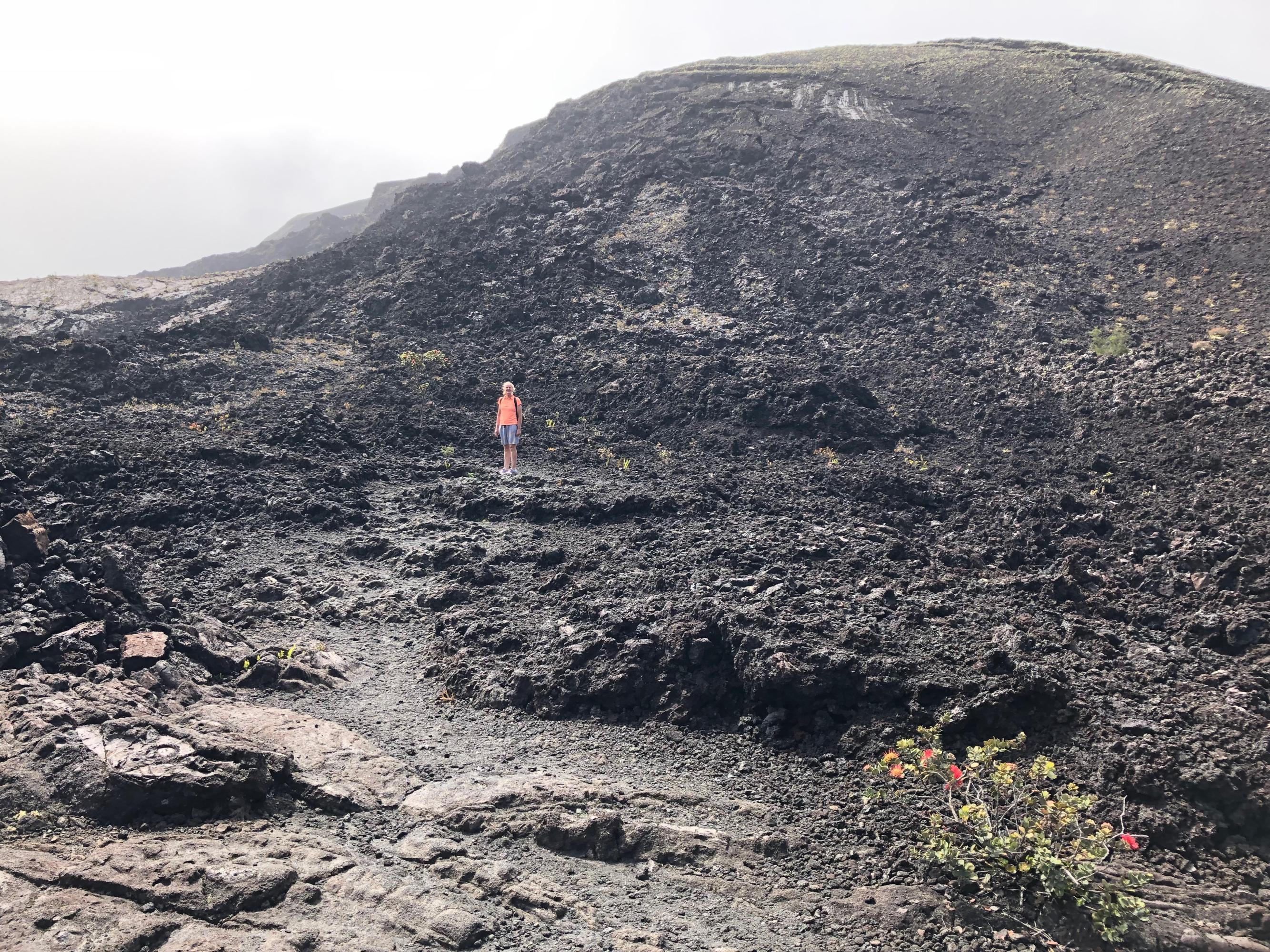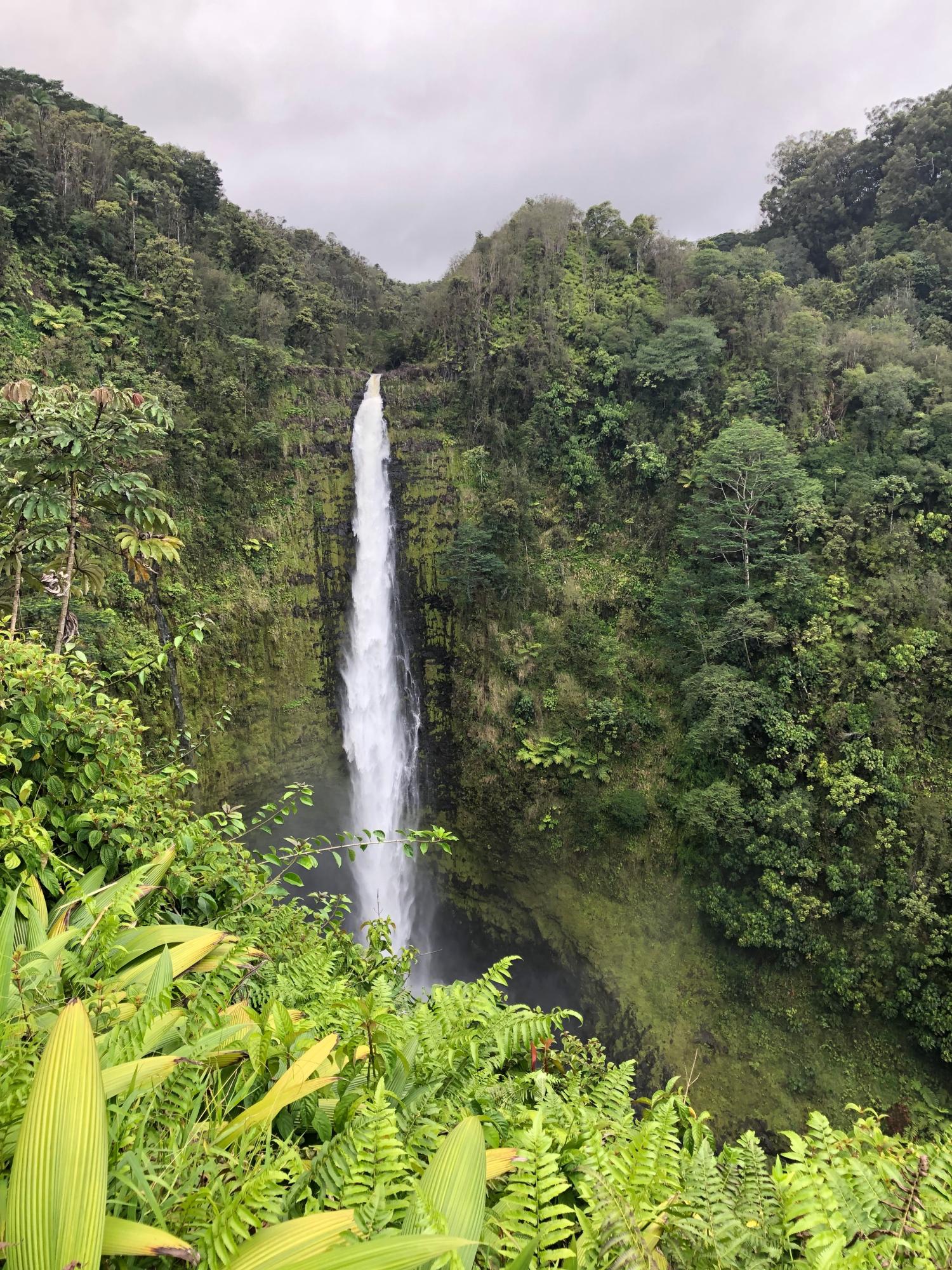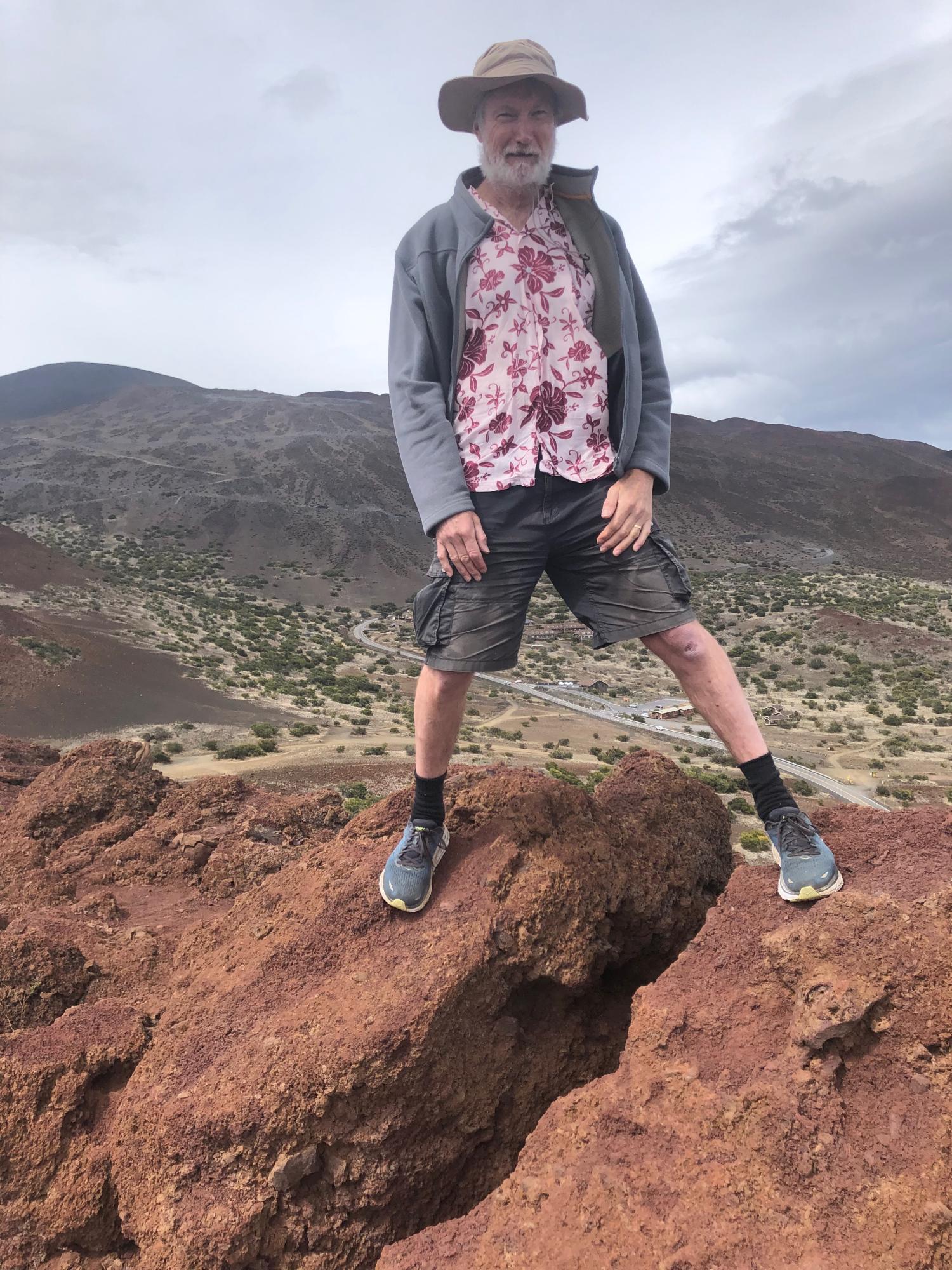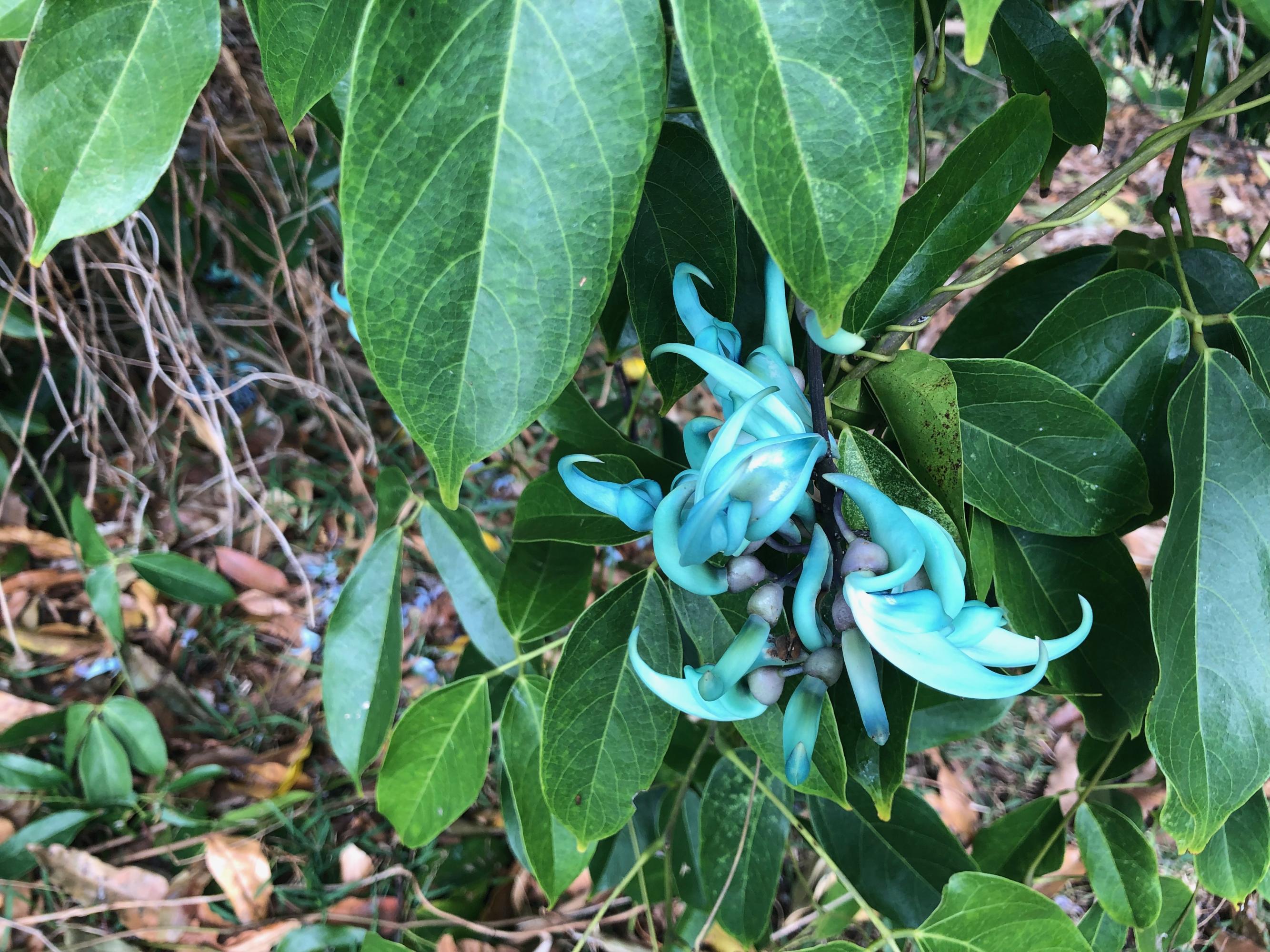Hawai‘i (the “big island”)
Country
We don’t have volcanoes down under, so I was keen to visit the island of Hawai‘i, with its four active volcanoes. I imagined seeing the gates of hell, firing molten lava into the sky. Perhaps my research could have been a little more extensive. While some are active, the last eruption was in September 2023. Oh well.
We flew into Kona on the west coast of Hawai‘i (on our wedding anniversary - happy 24th to us). Unlike O‘ahu there are negligible buses, so one really needs a car to get around. We hired a cheapy from turo. It had more scratches than my worst LP, but we were happy.
There were heaps of lunatics driving on the wrong side of the road ! Oh, hold on … Luckily we headed south where the traffic was sparse & I could gradually get used to driving on the right.
The big island is much younger than the rest of the archipelago. In fact, it grows by an average of 40 acres each year, due to lava reaching the sea. On the southern coast, we saw huge black lava fields from past flows. They look all jumbled up & quite unlike other rocks. It must be hard clearing a space for the few houses we saw.
Our first destination was Volcanoes National Park. We hiked down into Kīlauea Iki, a pit crater within the larger Kīlauea volcano. It last saw activity in 1959 when a vent opened & a lava lake formed. That lava lake has since solidified, but is still hot down below. Steam rises from openings when rainwater trickles down. While it was not the fire and brimstone I’d sought, the hike was great. We just had to read the plaques and imagine the ferocity.

Next was the city of Hilo on the east side of the island, the wettest place in the USA. We must have brought some Melbourne weather with us as it was a mix of sun, rain + wind. Hilo itself is more of a working town, compared with Kona’s tourism focus. However, we enjoyed rainforest walks, ‘Akaka Falls (the tallest on the island) & Kaumana Cave (a lava tube).

Two volcanoes dominate the island: Mauna Loa (tallest mountain in the world when measured from the sea bed & still active) and Mauna Kea next to it. Between them is the Saddle Road, an interesting drive. Mauna Kea reaches 4,207m above sea level. The 8 hour round trip hike to its summit is allegedly tough, with altitude sickness easily possible, especially if the hiker has come from sea level (Hilo). I dearly wanted to walk to the summit, but poor weather prevented that. Regardless, we drove up the hill to the visitors centre, itself at 2,804m. This made me laugh as I’ve walked up Australia’s highest mountain a couple of times; Kosciuszko is a mere 2,228m.
We instead walked to a small local peak, admired the spectacle of the two volcanoes & pretended to be Hillary + Norgay.

Finding a bed for the night in Kona was depressing: the cheapest we could find online was ~$400USD (~$600 AUD). Even worse, the advertised prices are a lie - fees are added, often doubling the price. Crazy. We widened our search & chanced upon the best place I’d ever stayed (but stay tuned!): Ka’awa Loa Plantation in the town of Captain Cook, just ten minutes from Kona. Still a chunky price, but far less than most. The good folk there couldn’t do enough for us & we had a great night.
Sadly, it was booked solid for the following night. However, they suggested a B&B just up the hill & this was even better! Vivianne, a charming and chatty lady born in France but living in Hawaii for forty years runs Belle Vue.
The highlight of my Hawai‘i visit was a kayak + snorkelling tour in Kealakekua Bay. We kayaked across the bay for a mile to where Captain James Cook met his end. Snorkelling there was superb. Some fish were iridescent colours, some unusual shapes, all fascinating. Once we were exhausted, we sat on the monument to Cook for a history lesson over lunch. Highly recommended, but make sure you go with an operator allowed to visit the monument.
It’s said that Cook was speared by the Hawaiins, but I reckon he just asked for a bed & had a coronary at the price.

